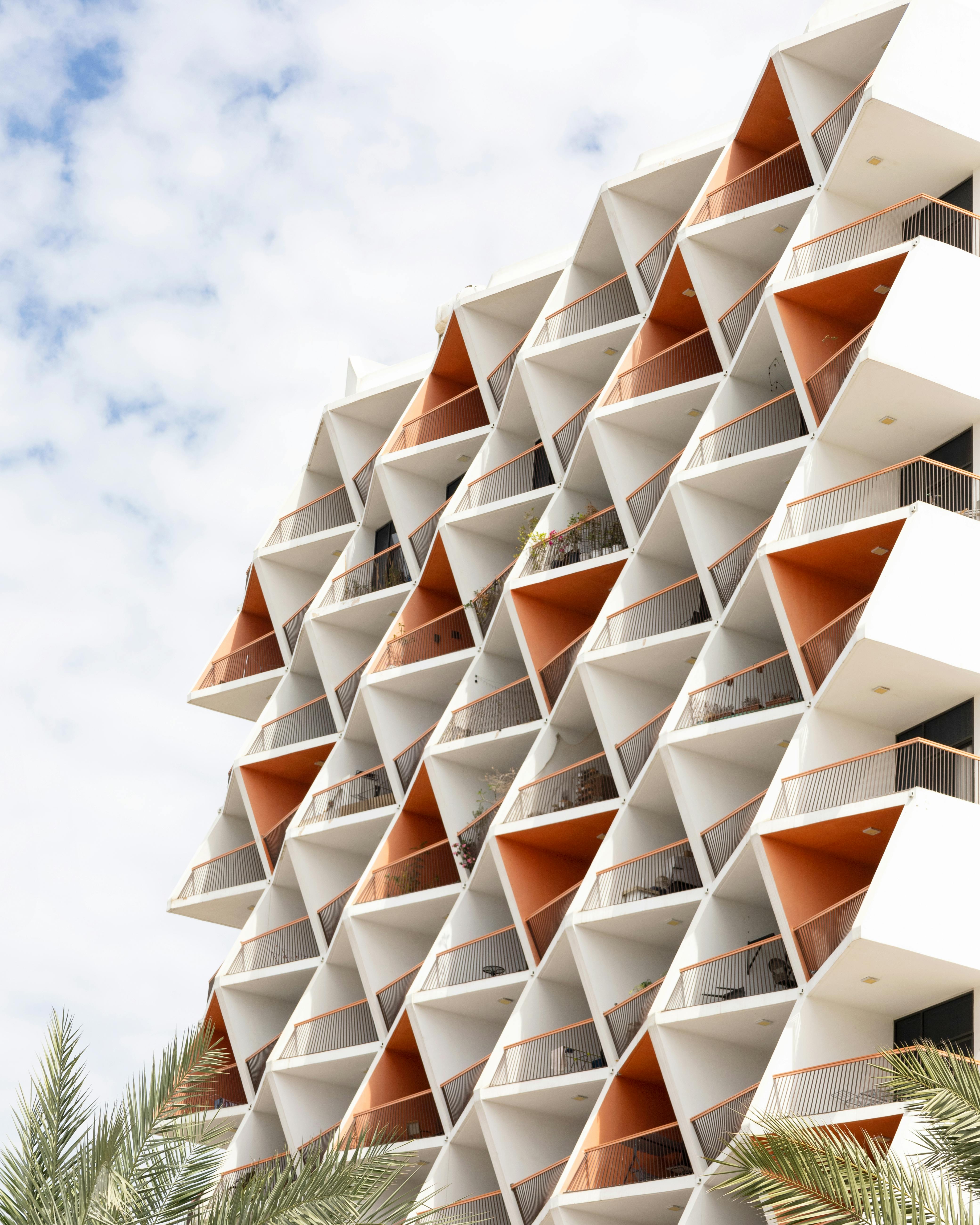A Dive into the World of Geometric Patterns: A Modern Twist on a Classic Design Element
In the realm of interior design, trends come and go, but some elements remain timeless. Among them are geometric patterns, a design feature that has been around since ancient times. Roaming through various eras and cultures, these patterns have proven to be a versatile and dynamic tool in the hands of designers. Let's explore the fascinating journey of geometric patterns and understand their current relevance in modern home decor.

The Historical Journey of Geometric Patterns
Geometric patterns have been a part of human civilization since antiquity. The ancient Egyptians, Greeks, and Romans used them extensively in their architecture and art. These cultures believed that geometry was the language of the cosmos, and they used these patterns to symbolize harmony and order. Over time, geometric patterns made their way into the medieval and Renaissance periods, reflecting the scientific and mathematical advancements of these eras.
Geometric Patterns in Contemporary Design
In the contemporary design landscape, geometric patterns play a crucial role. Designers reinvent and reinterpret these patterns to bring a fresh look to homes, without losing their classic appeal. Not confined to walls or floors anymore, geometric patterns are now making their way into furniture, textiles, and even lighting fixtures. The patterns range from simple lines and circles to intricate tessellations, offering a wide array of designs to choose from.
Practicality and Market Trends
Geometric patterns have become an integral part of modern home decor due to their versatility and ability to add visual interest to a space. They can be bold and vibrant, creating a focal point in a room, or subtle and understated, adding depth and complexity to the overall design. According to a recent report on interior design trends, geometric patterns are on the rise, with designers predicting their continued prominence in the coming years.
Enhancing Daily Living through Geometric Patterns
Geometric patterns not only enhance the aesthetic appeal of a space but also impact the way we interact with it. These patterns can create an illusion of space, making a small room appear larger. They can also add movement and energy to a room or bring a sense of calm and balance, depending on the patterns used and their arrangement.
Balancing Depth and Accessibility
While the use of geometric patterns may seem complex, incorporating them into your home decor doesn’t have to be daunting. Start with small accessories like cushions, rugs, or prints. Choose patterns that resonate with your personal style and the overall look of your space. Remember, the key to successfully using geometric patterns is balance. Too much can overwhelm a space, while too little may not make the desired impact.
In conclusion, geometric patterns continue to be a classic design element, seamlessly blending tradition and modernity. Their versatility and universality make them a favorite among designers and homeowners alike. As we continue to explore new ways to express our style, geometric patterns offer an ever-evolving canvas to experiment with and create spaces that reflect our personality and tastes.




